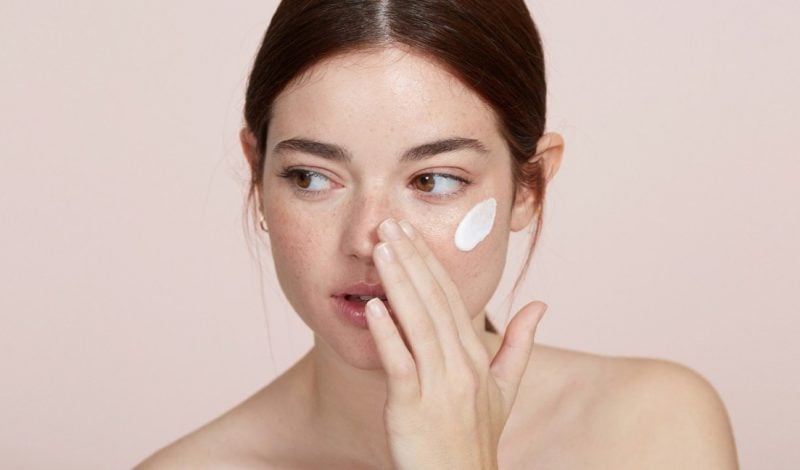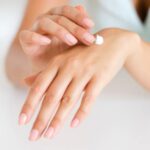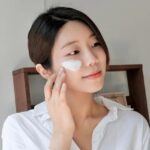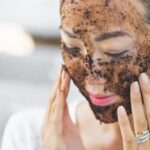4-Night Basic Skin Care Routine
Night 1: Exfoliate
Start by cleansing your face with a gentle cleanser, then use a chemical exfoliant containing alpha-hydroxy acids to remove dirt and dead skin cells.

Start by cleansing your face and then using a chemical exfoliant
Night 2: Apply Retinoids
After cleansing, apply a small amount of acne-fighting and anti-aging retinoid or retinol. Remember to use it with a moisturizer to avoid skin irritation, especially if you have sensitive or dry skin.
With retinoids, common side effects include dryness, tightness, flaking, and redness, especially when first starting out. These side effects usually subside after two to four weeks as your skin adjusts. In the meantime, continue using your retinol.
Night 3 and 4: Hydrate and Moisturize
Simply cleanse your skin and apply your favorite moisturizer. Products containing hyaluronic acid and ceramides will help restore your skin’s natural barrier.

Use products containing hyaluronic acid and ceramides to restore your skin’s natural barrier.
Opt for a lighter-weight formula than traditional creams, such as a moisturizing serum or gentle skin cream. Choose a product that won’t clog pores and cause breakouts. Also, avoid creamy, oily, or waxy formulas and steer clear of pore-clogging ingredients like shea butter and vitamin E.
For sensitive skin that is prone to irritation, redness, itching, or rashes, look for a moisturizer with soothing ingredients.
Moisturize in the evening. After cleansing your face, apply a pea-sized amount of moisturizer, spreading it evenly across your face. While you sleep, your skin and body enter a state of regeneration and repair. Applying moisturizer before bed helps provide your skin with the necessary nutrients.
Note
While “skin cycling” can offer benefits, if you have specific skin concerns, consult a dermatologist to determine the best skincare routine for you.
For those who have experienced skin irritation from previous skincare products or want to simplify their daily routine, “skin cycling” could be ideal. Start your skincare journey smartly and safely to achieve the healthy, glowing skin you desire.



































